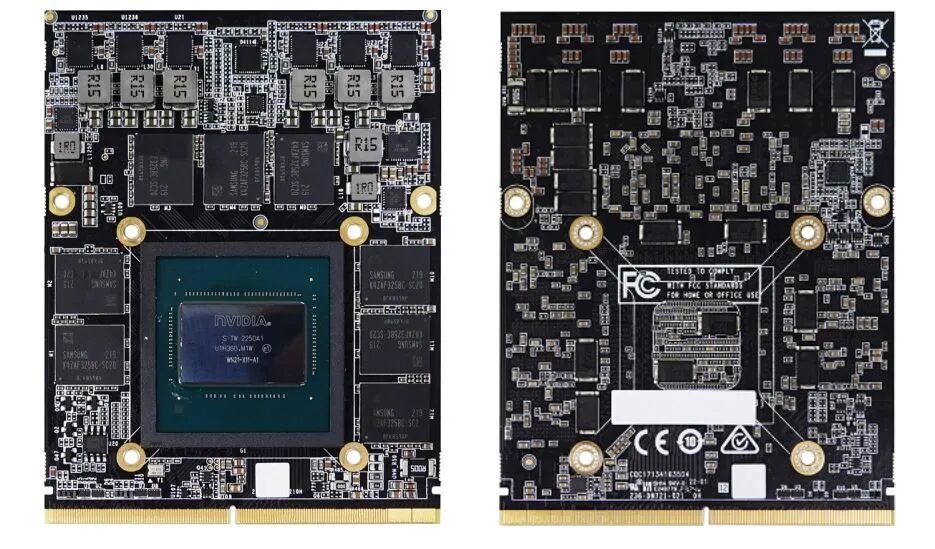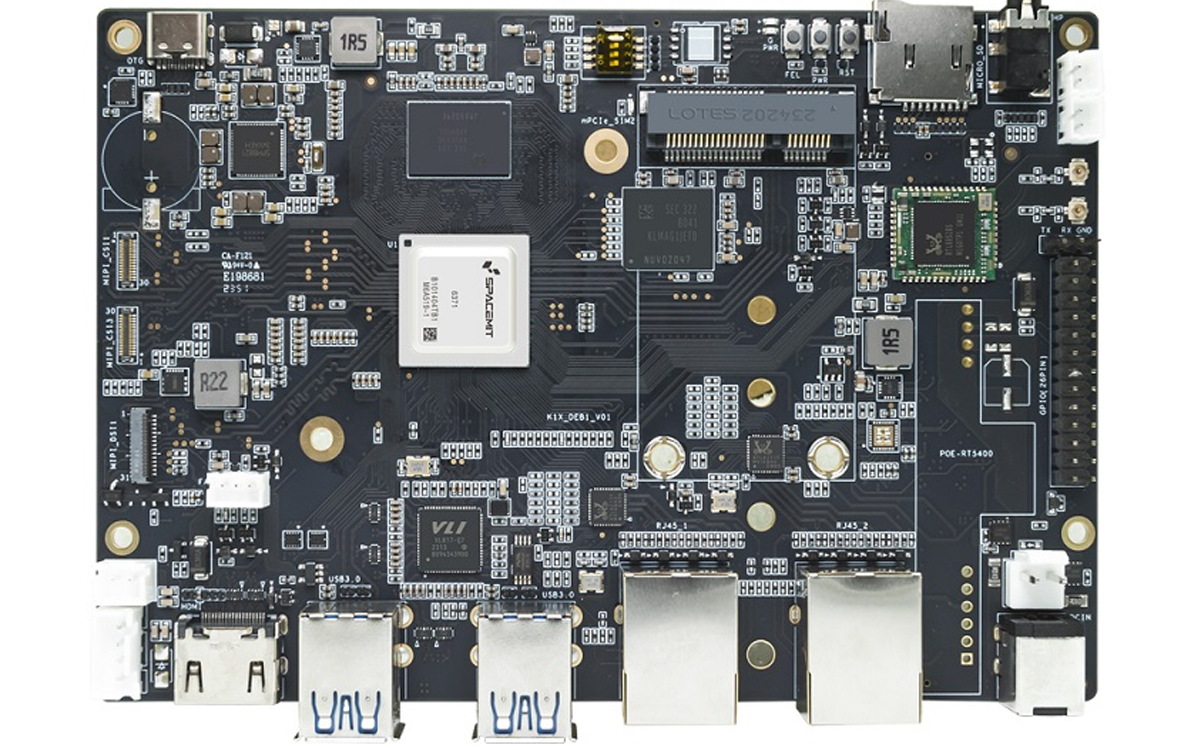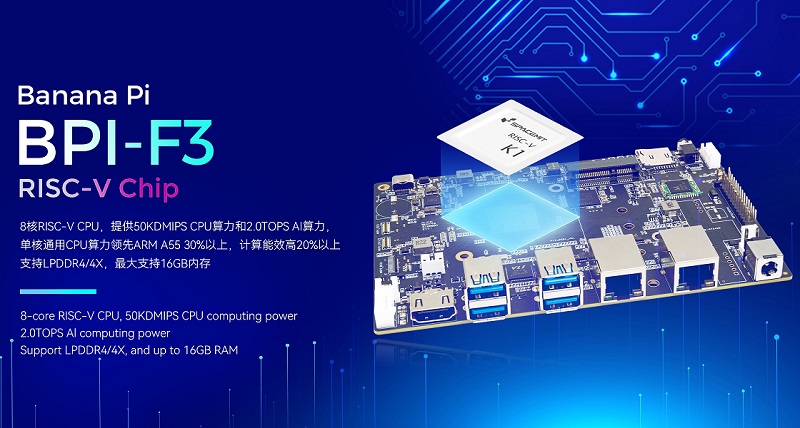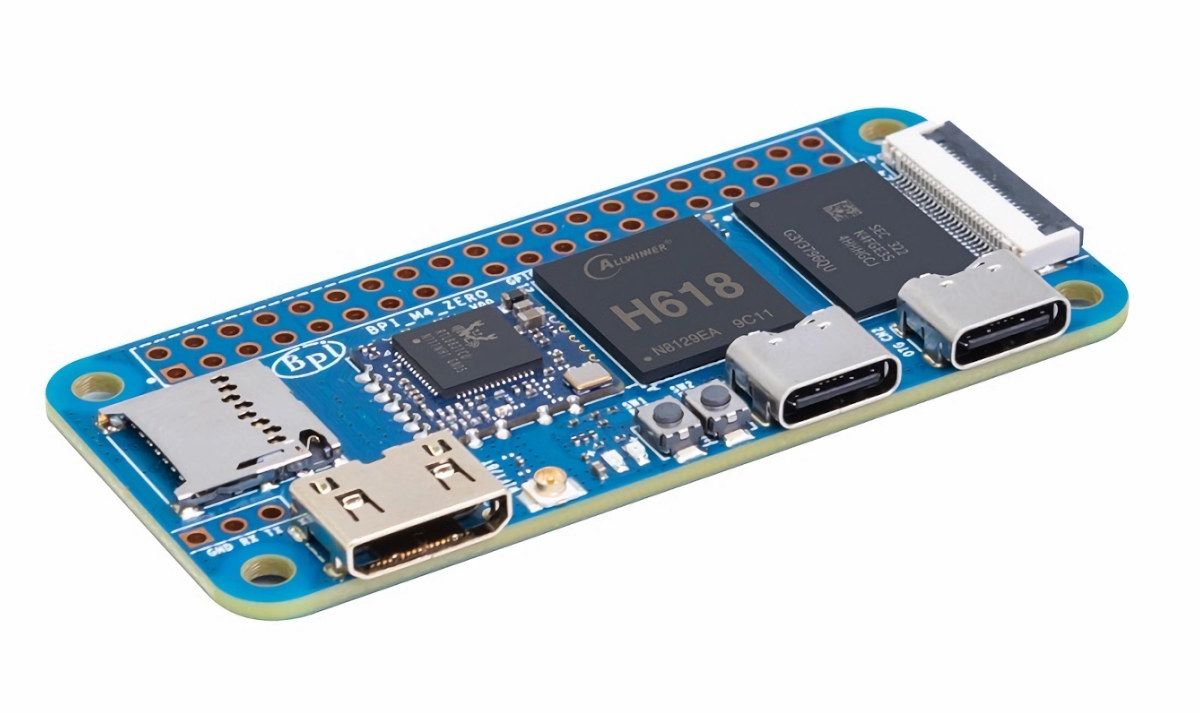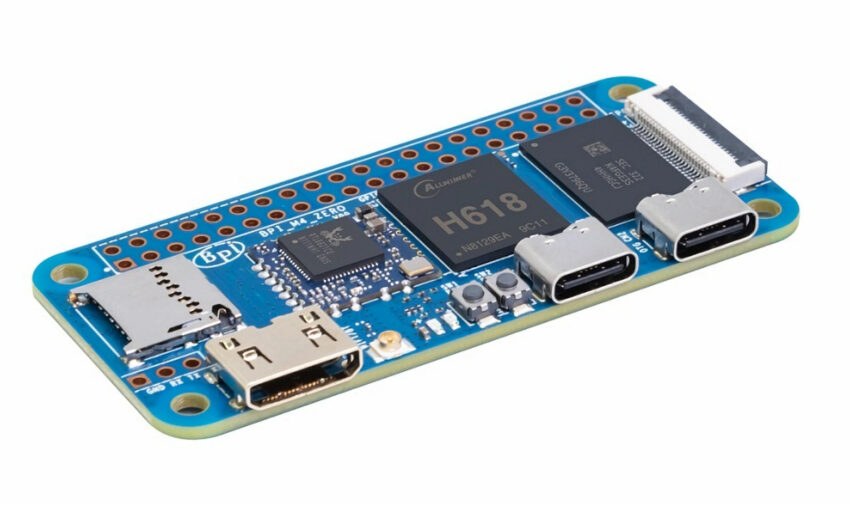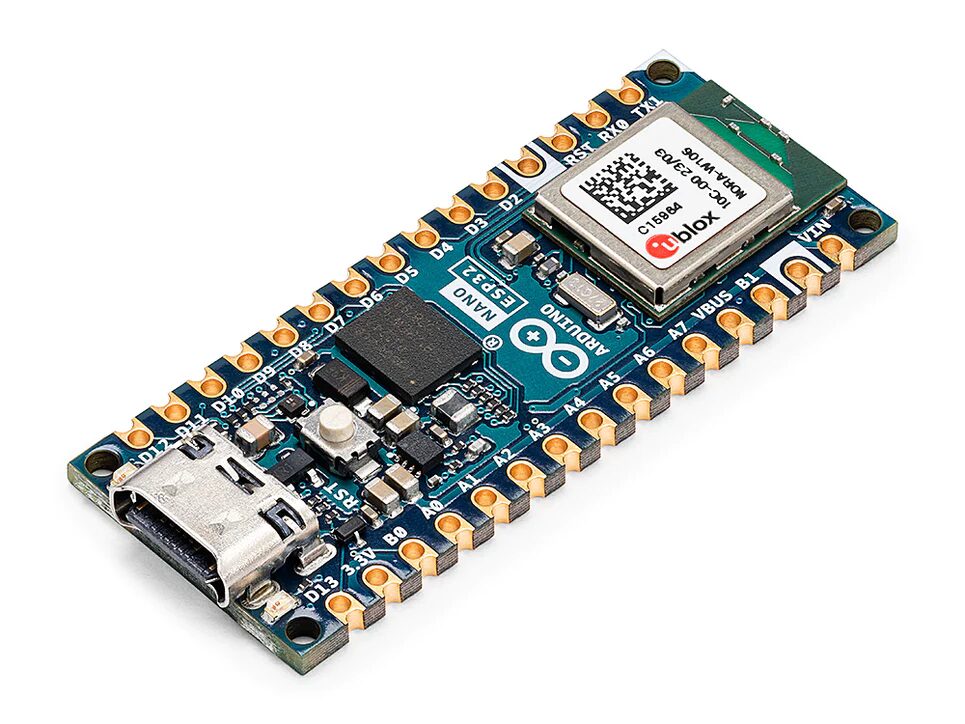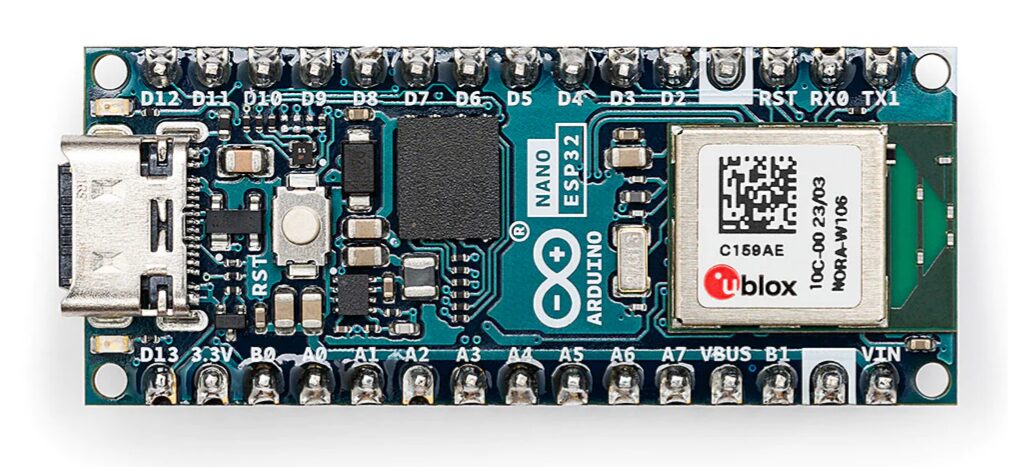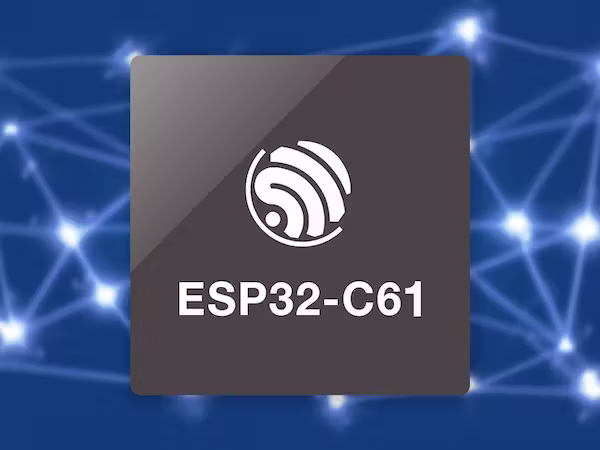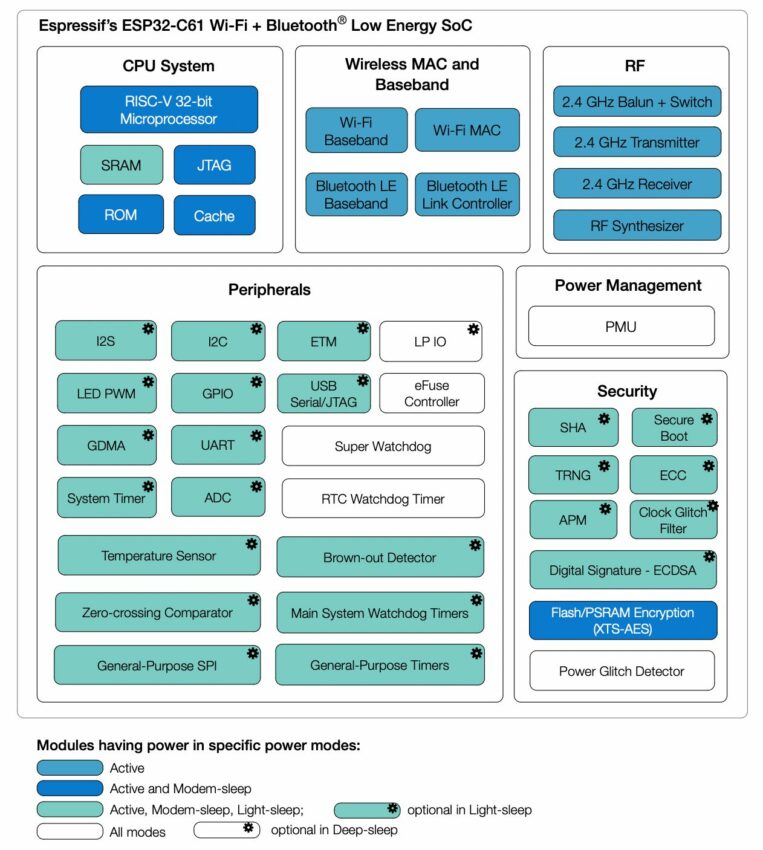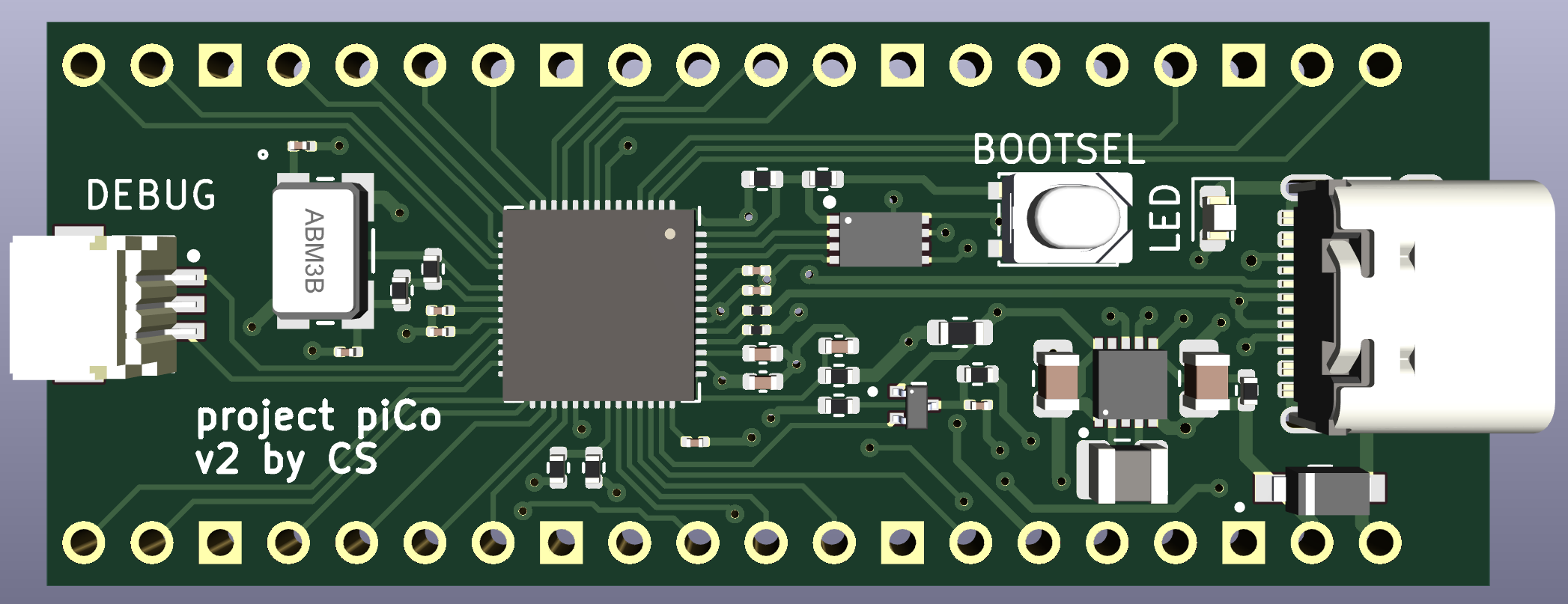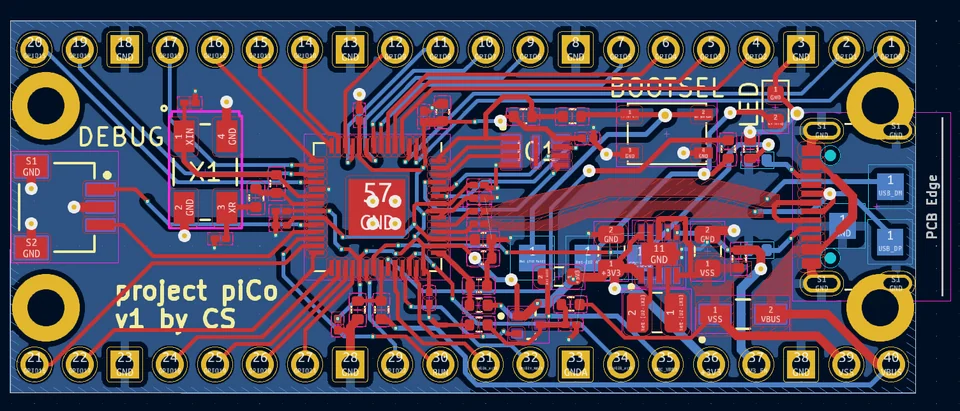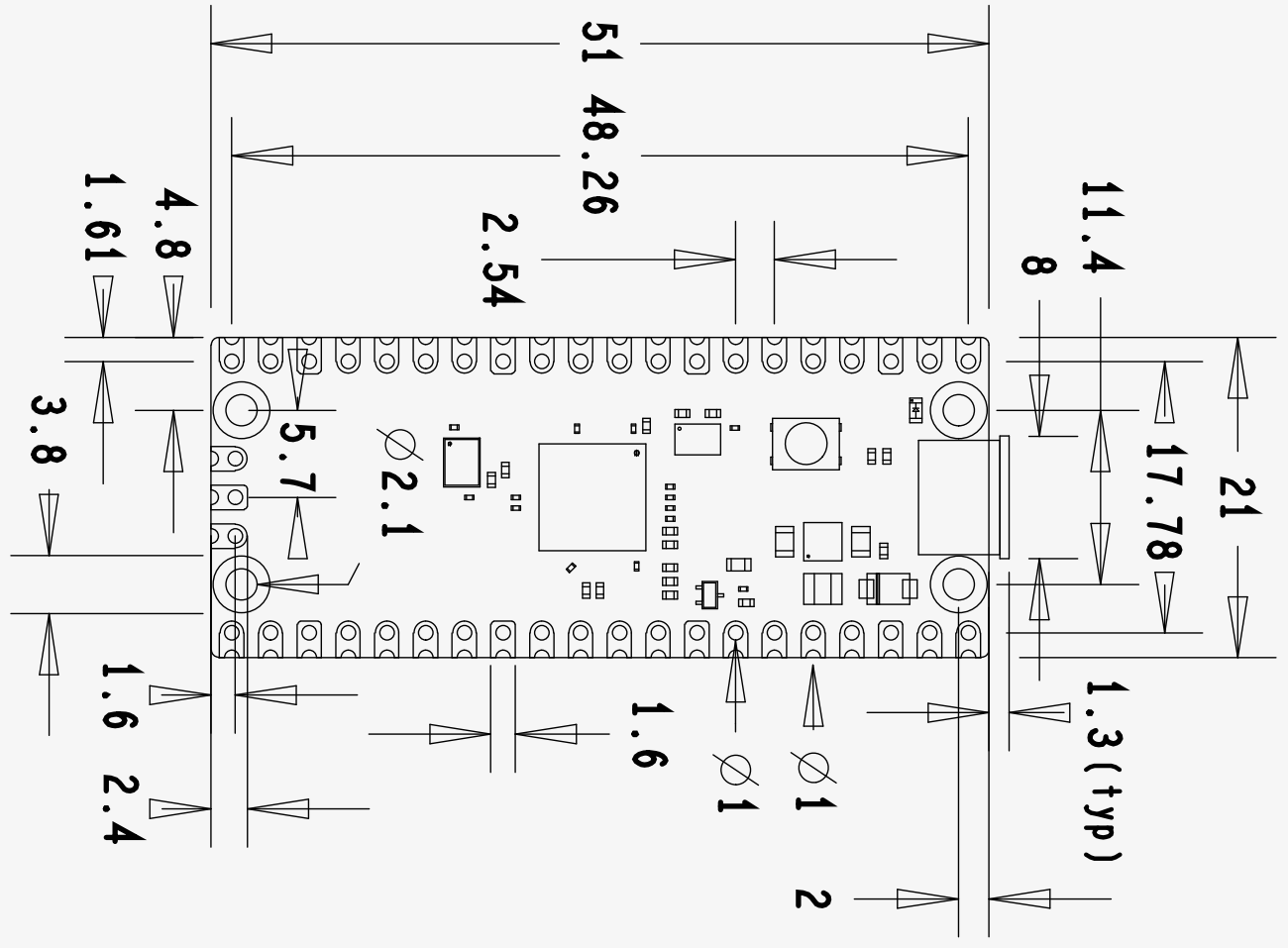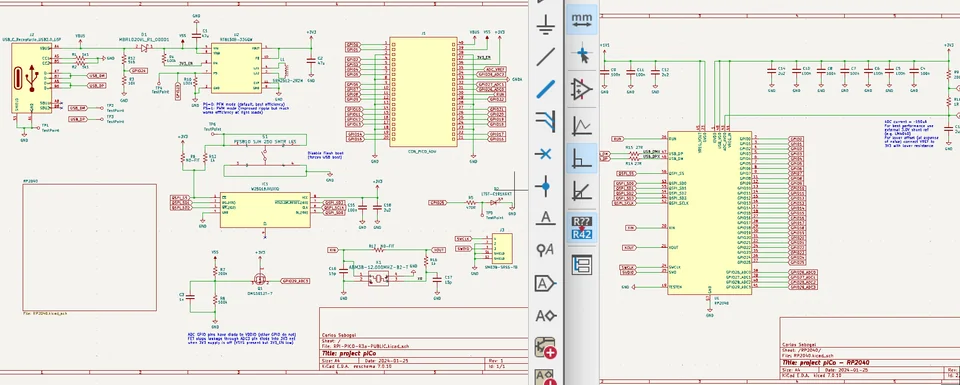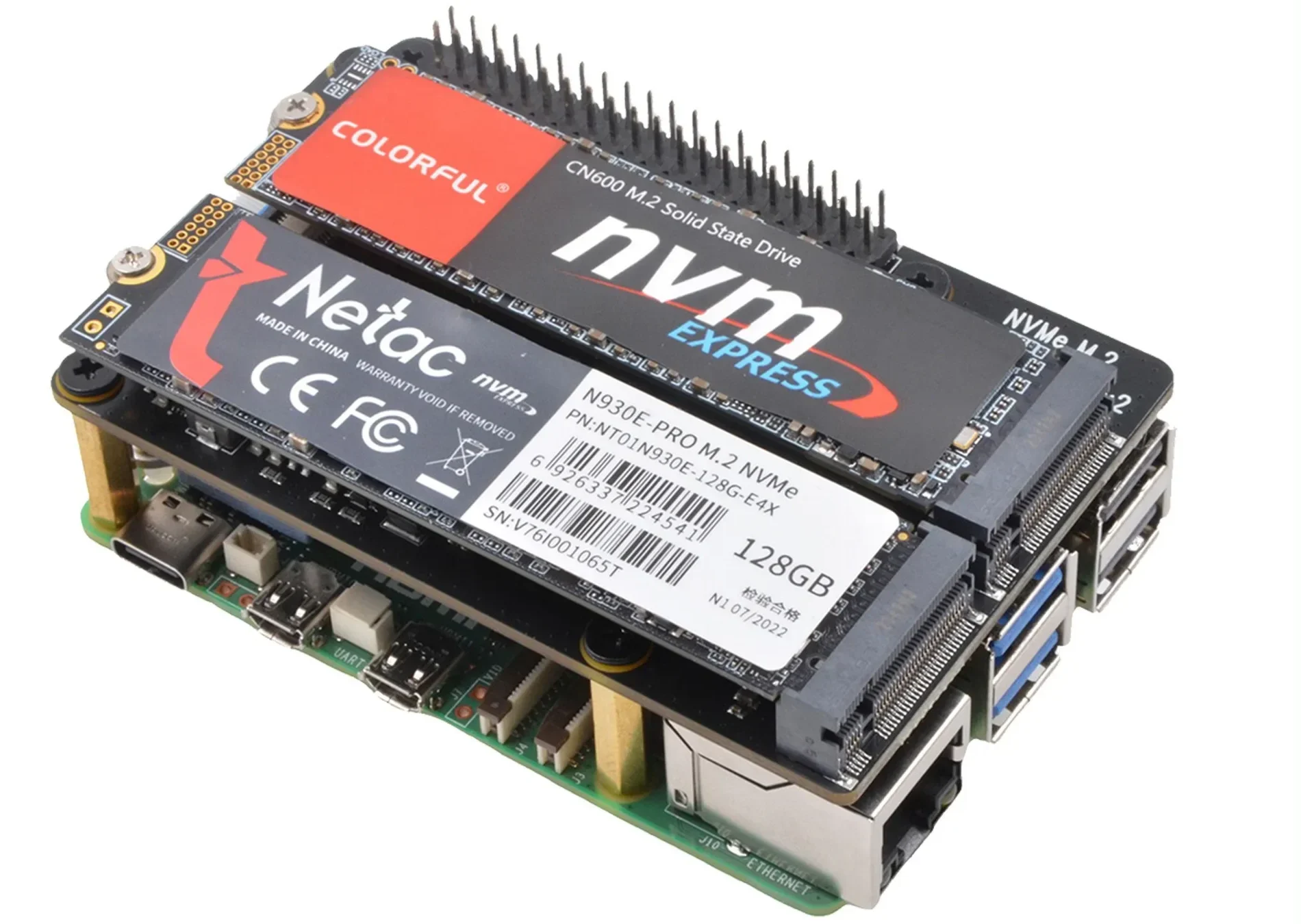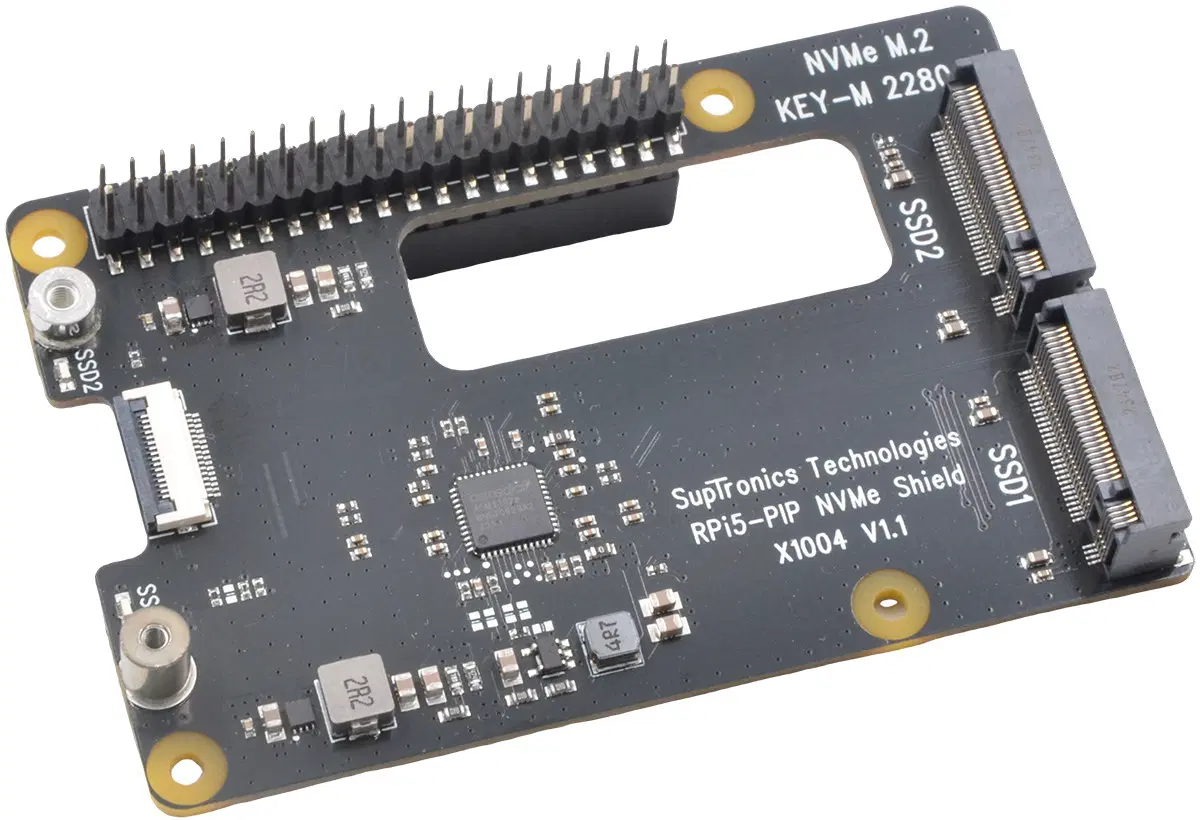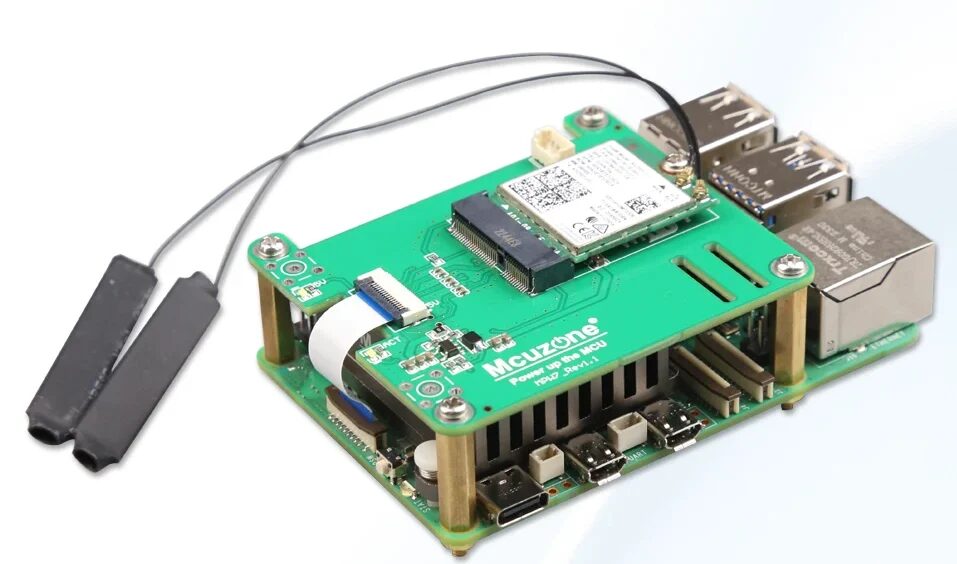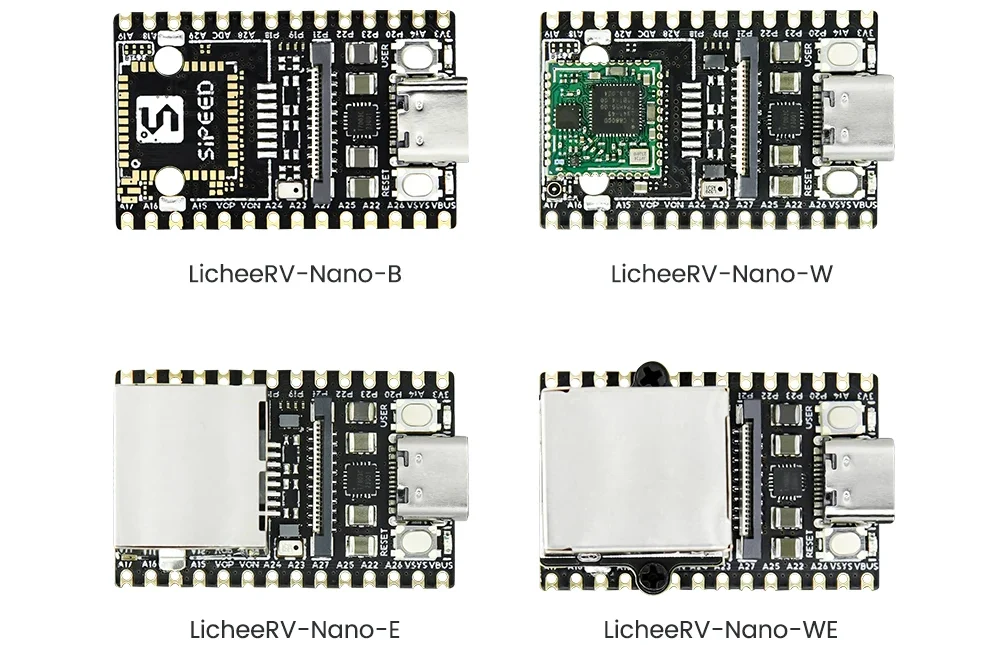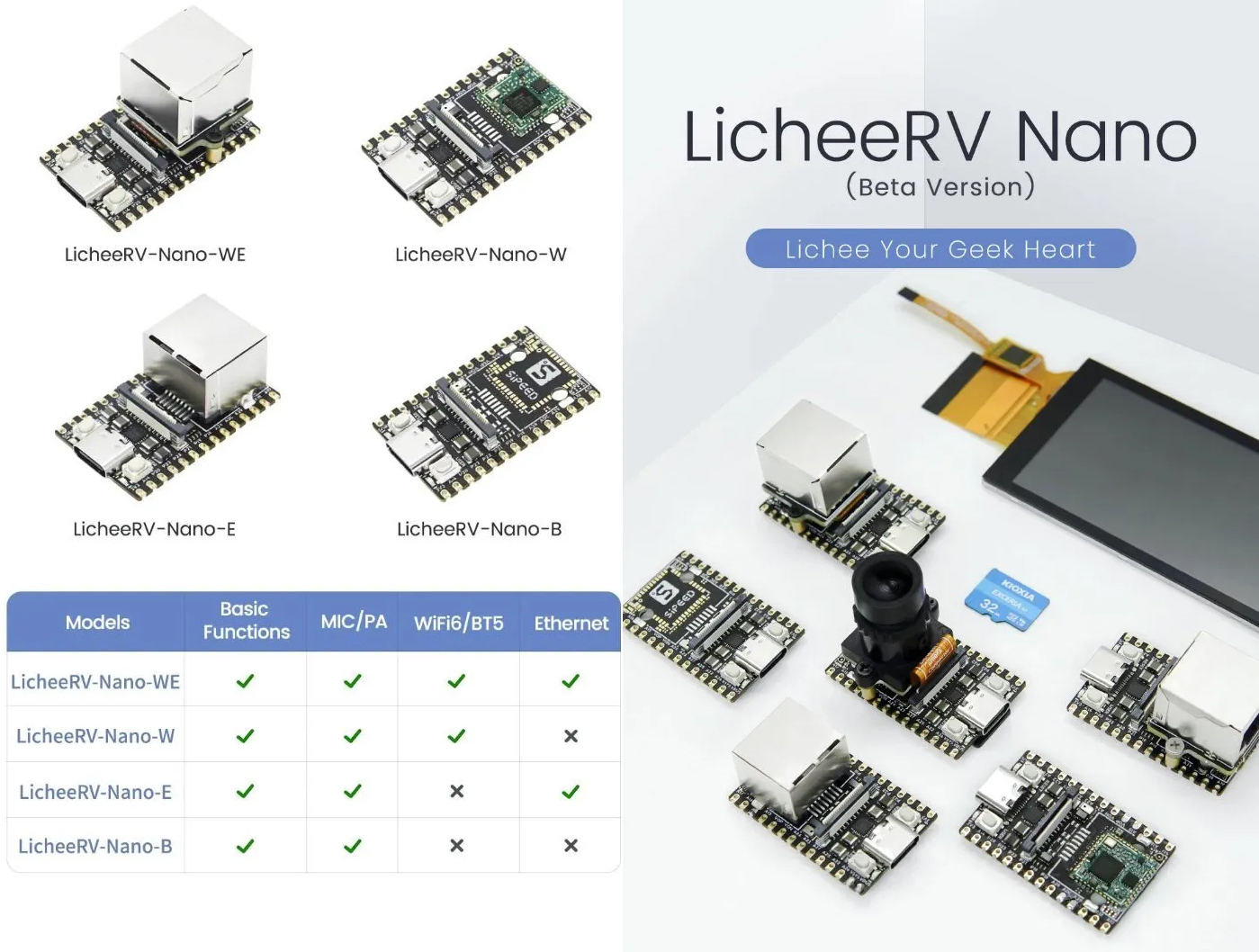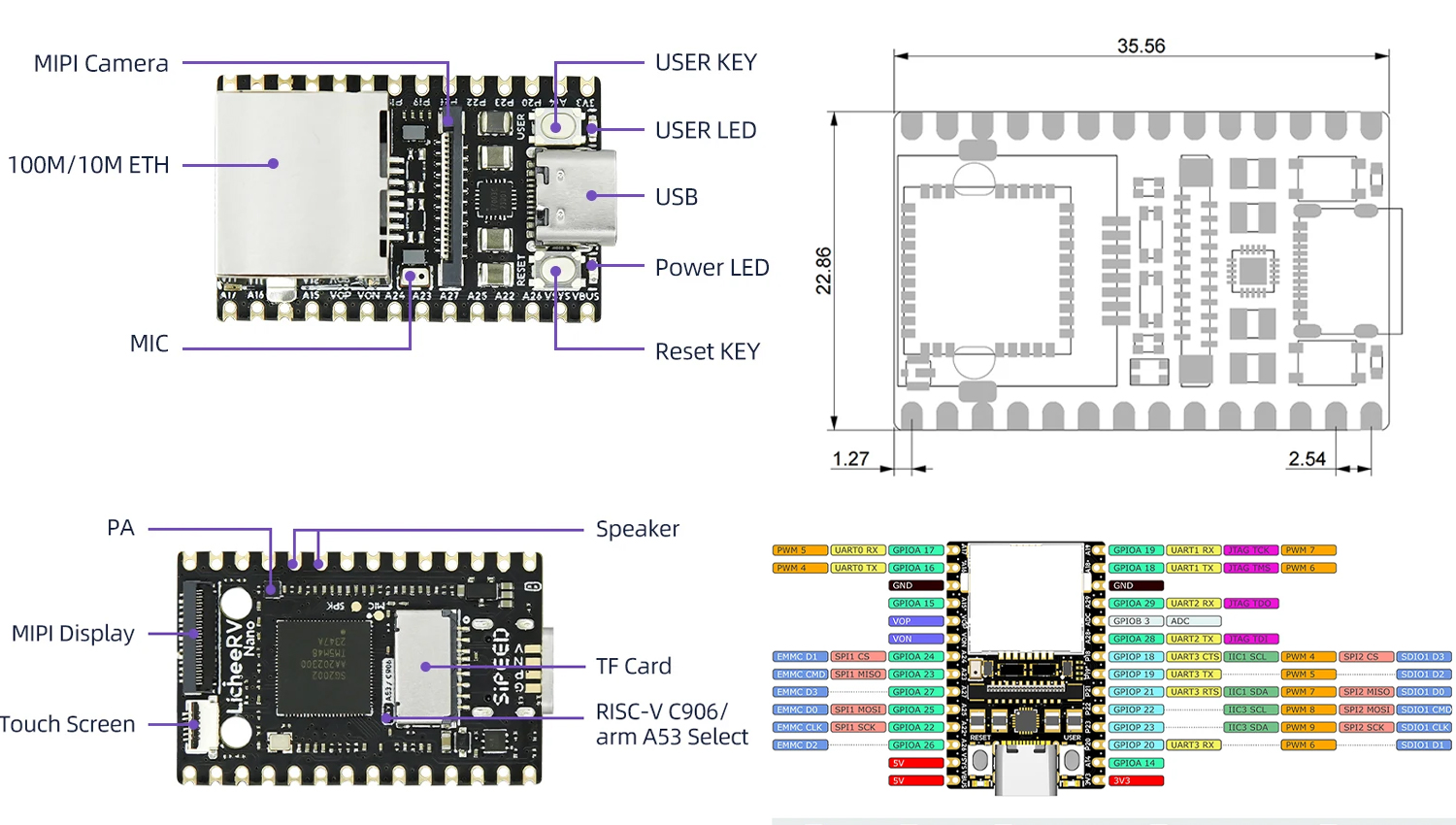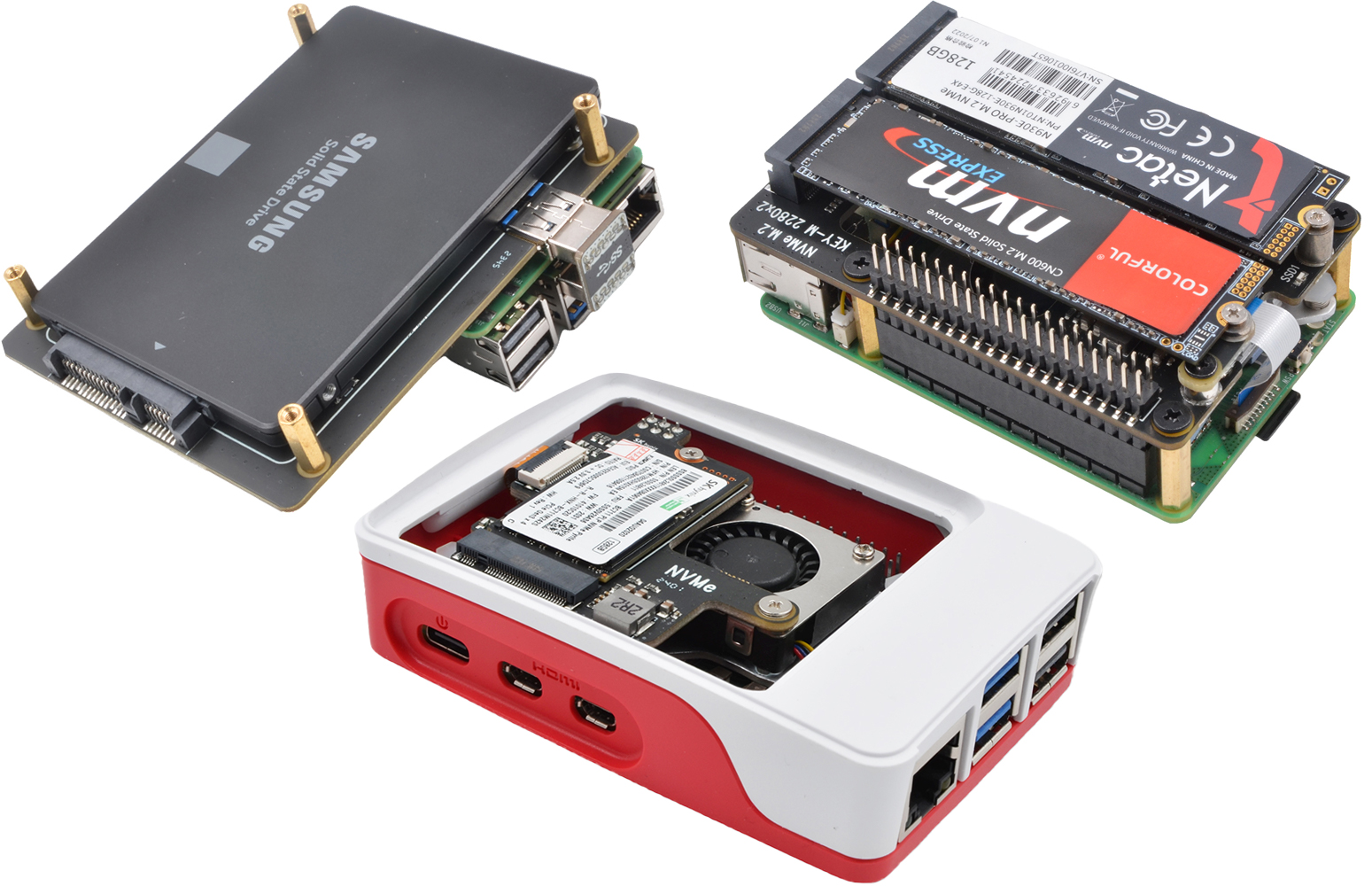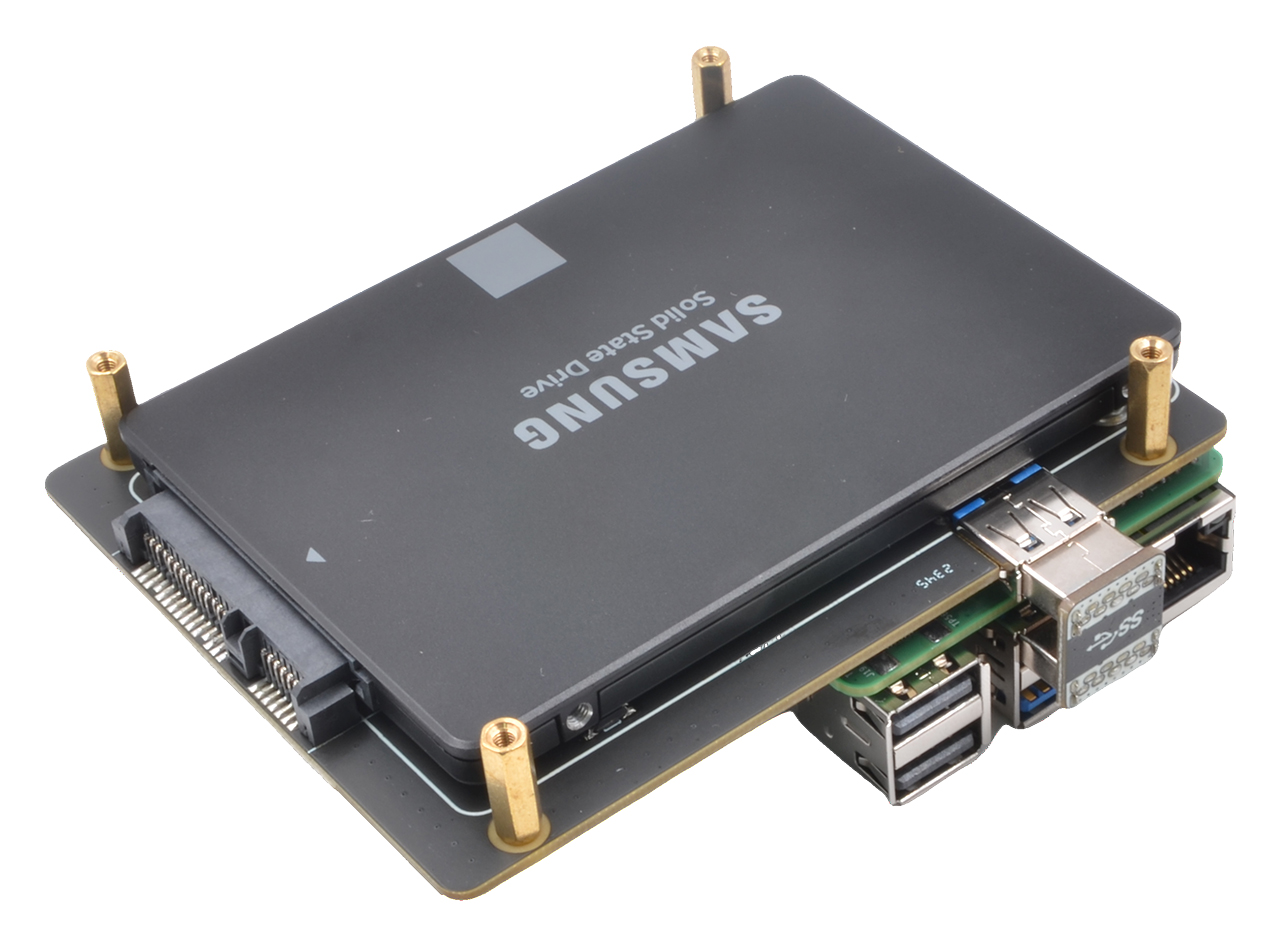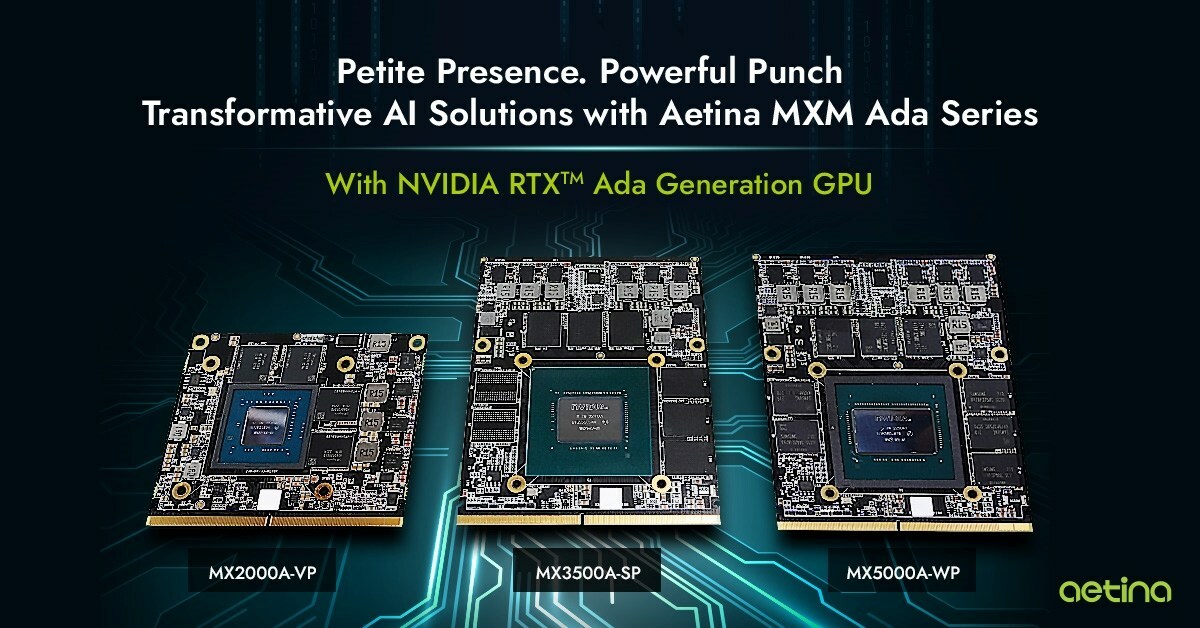
Aetina has introduced its latest MXM GPU series, leveraging NVIDIA’s advanced Ada Lovelace architecture. This new lineup, comprising the MX2000A-VP, MX3500A-SP, and MX5000A-WP, is tailored to address growing demands for real-time ray tracing and AI-powered graphics across diverse sectors such as smart healthcare, autonomous machinery, smart manufacturing, and commercial gaming.
The flagship of Aetina’s new MXM GPU range is the MX5000A-WP, powered by NVIDIA’s RTX 5000 Ada GPU. This GPU boasts 9,728 CUDA cores, 76 RT cores, and 304 Tensor cores, along with PCIe 4.0 interface and up to 16GB GDDR6 memory. With a power consumption of just 115 watts, it is ideal for edge AI applications that demand high performance in a compact form factor. The GPU supports 4x DisplayPort 1.4a outputs and delivers a digital resolution of 7680 x 4320, ensuring immersive visual experiences.
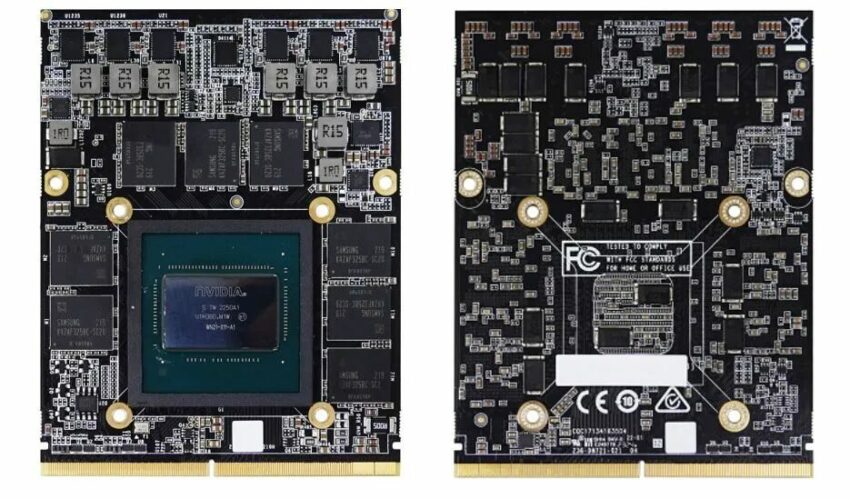
The Aetina MX3500A-SP GPU, another member of the MXM series, features the NVIDIA RTX 3500 Ada GPU with 5,120 CUDA cores and a base/boost clock of 1725/2250 MHz. It utilizes a PCIe Gen 4 x16 interface for rapid data transfer and is equipped with 12GB of GDDR6 memory clocked at 18 Gbps. Like its counterpart, it supports a maximum digital resolution of 7680 x 4320 and includes DisplayPort 1.4a outputs.
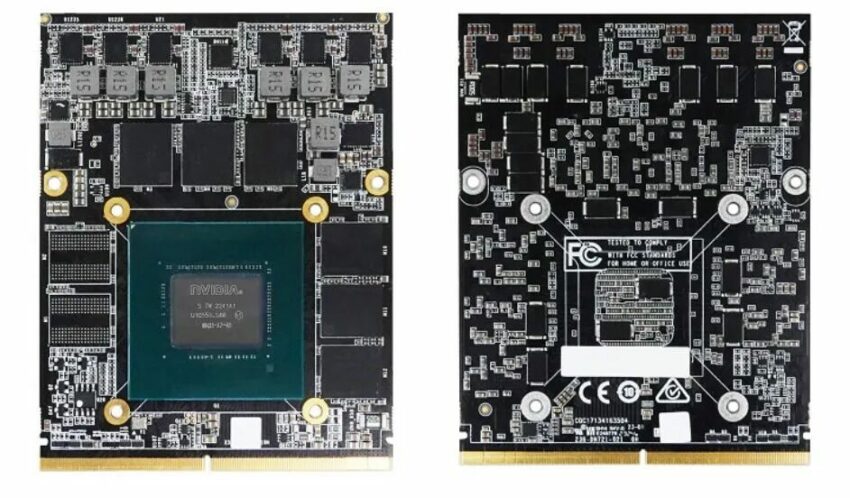
Lastly, the Aetina MX2000A-VP, powered by an NVIDIA RTX 2000 Ada GPU, features 3,072 CUDA cores and a base/boost clock of 1635/2115 MHz. It employs a PCIe Gen 4 x8 interface for fast data transfer and includes 8GB of GDDR6 memory with an 18 Gbps memory clock and a 128-bit interface width. This GPU supports up to three DisplayPort 1.4a outputs and a maximum digital resolution of 7680 x 4320.
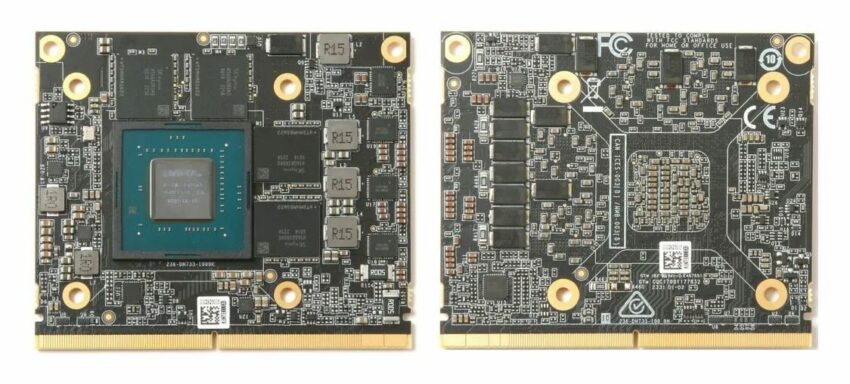
All the GPUs support DirectX 12 Ultimate, Vulkan 1.2, and OpenGL 4.6, ensuring compatibility with the latest gaming and graphics standards. They are designed to seamlessly operate with 64-bit versions of Windows 10 and Windows 11, providing a versatile and future-proof solution for various applications.
Aetina’s MXM modules, including the MX2000A-VP, MX3500A-SP, and MX5000A-WP, come with features enhancing their suitability for edge AI integration in challenging environments. These include conformal coating for rugged applications, Error Correction Code (ECC) for data integrity, and a five-year support commitment, facilitating innovation in edge AI.
Pricing details for these GPUs have not been disclosed by Aetina. For more information, refer to the product announcement.


